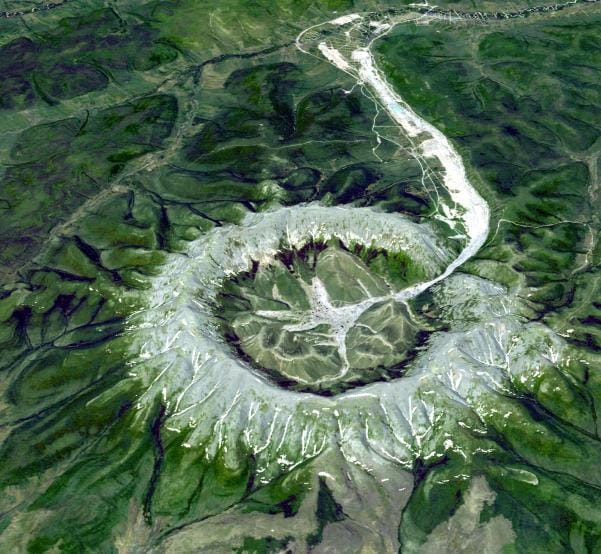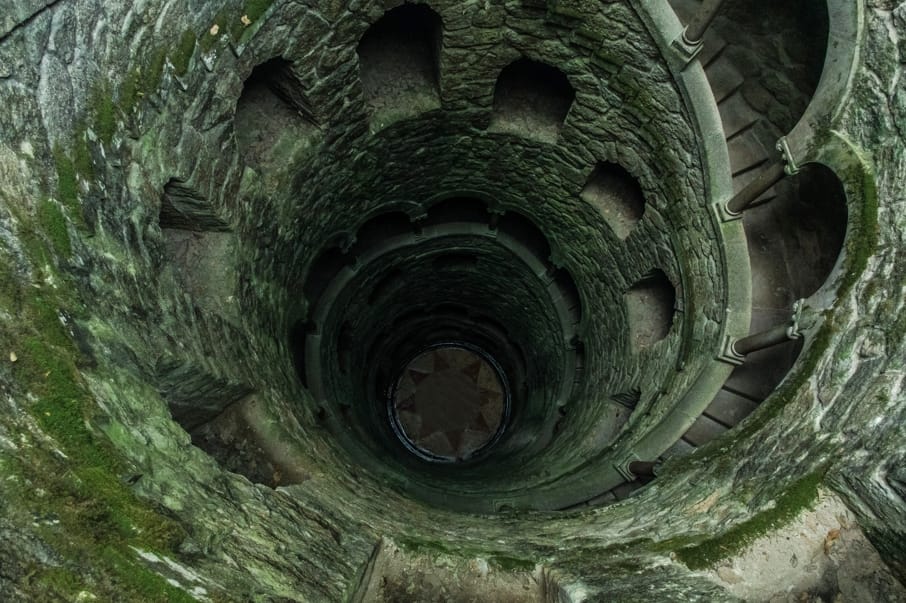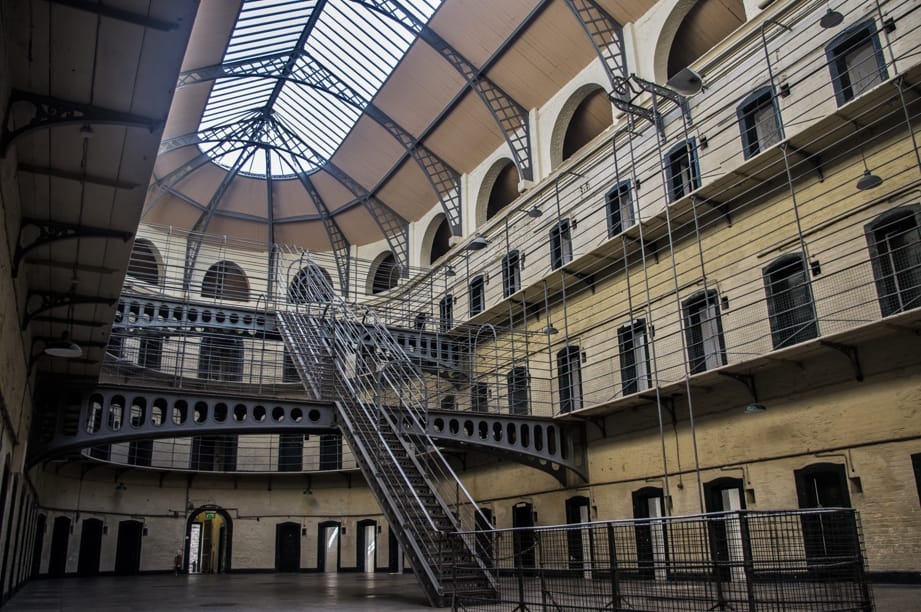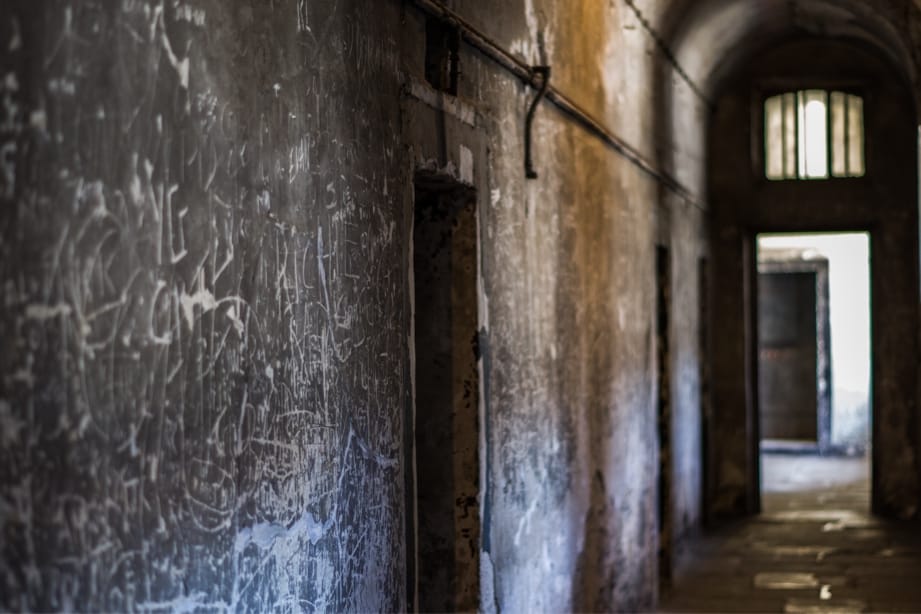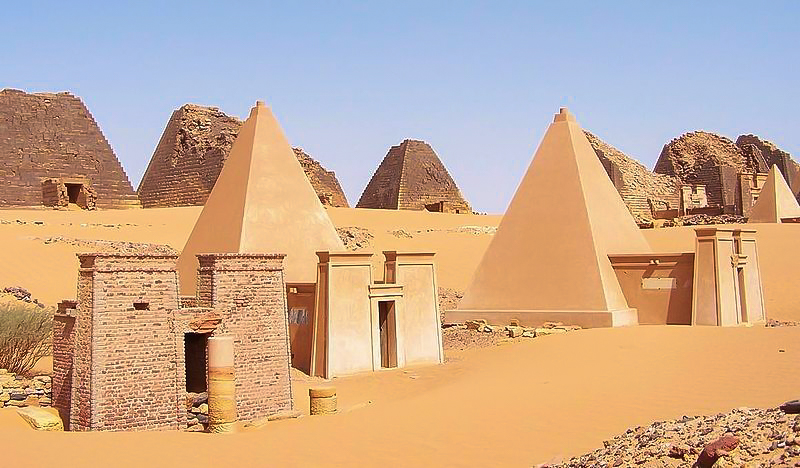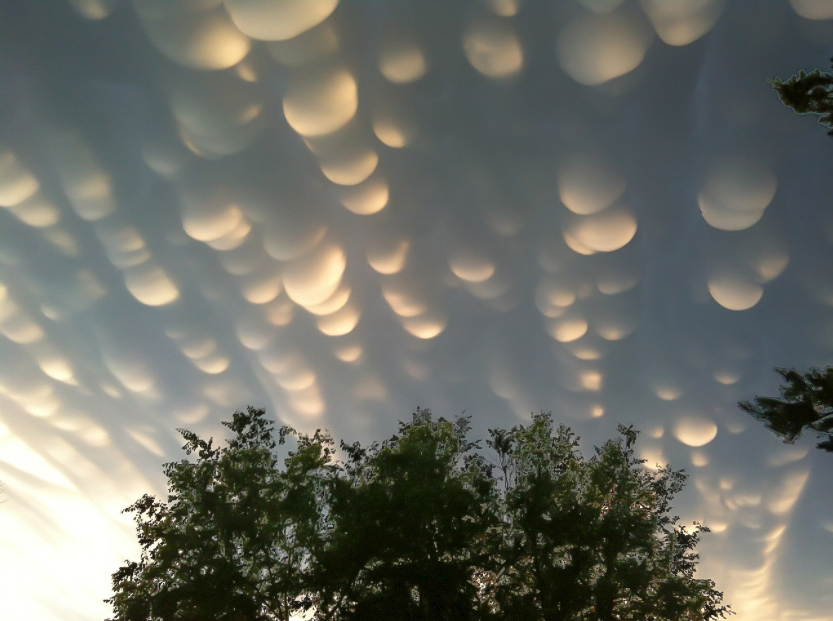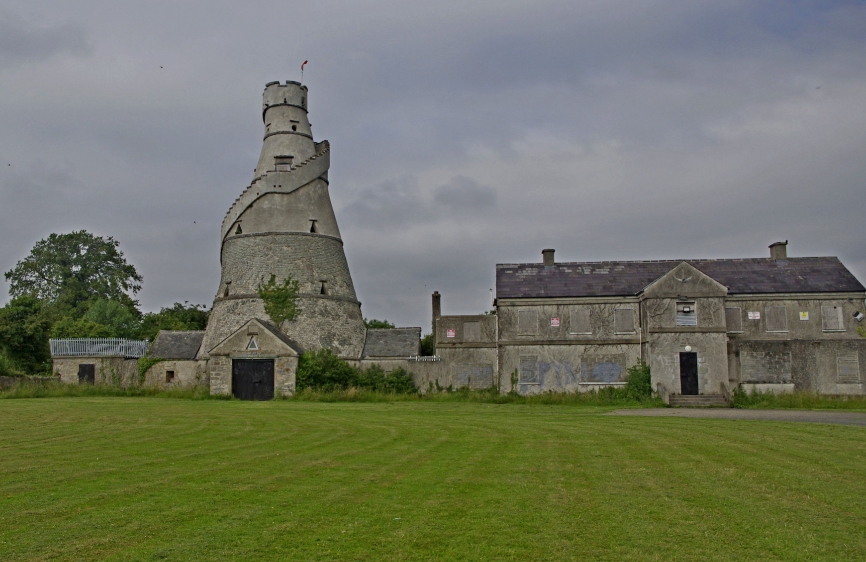Spring is a fantastic period for traveling. It offers pleasant weather in many places with scorching summers, as well as in most of South America and other Southern Hemisphere destinations. Another advantage is that spring is typically considered a ‘shoulder season’ period in terms of hotel rates. This means you can find great deals almost everywhere due to smaller crowds.
Interestingly, spring happens to be the hottest month of the year in most of Southeast Asia, including Bangkok and Ho Chi Minh City. It might be better to avoid these famous backpacker zones until autumn or at least until the rains start in June to cool things off a bit more.

Best Places To Go On Spring Break
1 Cancún, Mexico
Cancún is renowned globally as a top spring break destination. This planned resort offers 21 kilometers of pristine white-sand beaches and a wide range of family-friendly resorts. Visitors can indulge in a multitude of inexpensive activities, including sunbathing, people-watching, and snorkeling the expansive barrier reef protecting the island. The evenings in Cancún are filled with a myriad of options, from live music to year-round events.
If you are looking for affordable spring break trips, you can choose from a list of countries with a low cost of living. However, you can also save money when traveling to any country.
To do this you need to use VPN to change location. If you set a new location on Android, you’ll be able to see local hotel prices rather than inflated tourist prices. Plus, you won’t even find many hotels if you search for them from a foreign IP address. Want another reason to know how to change IP address on Android? This is anonymity and the ability to use the dynamic pricing system to your advantage. For example, you can install VeePN to hide your travel interests from airlines and airline booking sites. By switching between different countries and regions you can get better prices.
2 Dublin, Ireland
Our Spring Break suggestion? Dublin! This city has it all – the classic Irish vibe with pubs, buskers, and friendly locals. Feel the energy and enjoy the lively nightlife, but also take time to relax in green spaces like Phoenix Park and Iveagh Gardens. From Temple Bar to Portobello, there’s a pub or club for everyone. Dublin is the kind of city you’ll want to visit again and again. Although it may not be one of the “avoid-the-crowds” destinations we listed, it’s a timeless classic.
3 Budapest, Hungary
Where better to sweat out the last vestiges of winter than a city with more than a hundred spas? Each spa has its own particular style. The best one is Rudas, a sixteenth-century Ottoman-style spa. It features a beautiful octagonal pool under a glass dome. While you are there, don’t forget to visit the rooftop heated pool. You will enjoy a wonderful view of the Danube. However, a visit to Budapest would not be complete without stopping at Széchenyi, the largest of the city’s spas. It has a neo-baroque style. Locals combine a hot bath with a game of chess there. A ticket can cost as little as €10. Additionally, a 20-minute massage will only cost around €15. After a steamy soak, you can cool down by sampling one of the many delicious craft beers available. In the capital, this will only set you back around €1.50.
4 Cagliari, Italy
We’re heading to Cagliari, an Italian city situated outside of the mainland. It serves as the capital of Sardinia, and when Sardinia was an independent nation, Cagliari reigned as its powerhouse. Even today, it’s evident that this was a significant place, as its 13th-century walled city, the Castello, proudly stands atop a hill, overseeing its maritime dominion.
After you’ve explored the narrow streets that cascade down to the seafront, you’ll soon realize that all roads lead not to Rome but to Poetto Beach—a haven for relaxation by day and revelry by night. Quite the perfect combination, don’t you think?
5 South Padre Island, Texas
This barrier island, nestled in the Gulf of Mexico just south of Corpus Christi, Texas, is a tropical gem. South Padre Island is the ultimate destination for spring break trips, diverse enough to cater to both families and college students. It boasts an array of outdoor activities and entertainment that comes at little to no cost.
When it comes to beach activities, spring breakers are spoilt for choice. From swimming, sunbathing, and dolphin watching to flying kites high in the sky, the options are endless.
As the day winds down, beachgoers can unwind and revel in the public performances or enjoy live music at the local restaurants. For those seeking a playful escape, sandcastle-building classes are readily available, allowing them to embrace their inner child.

6 Timişoara, Romania
Timişoara in Romania holds a significant place in history. It was here that the 1989 revolution began, topping Nicolae Ceauşescu and his totalitarian regime. But if you picture it as a city of bleak concrete, think again!
Timişoara, also known as the “Little Vienna,” is a captivating destination that offers a delightful mix of charm, affordability, and culture. With its captivating architecture, bustling squares, and flourishing arts scene, this city is a true gem. If I were you, I would install an iOS VPN before visiting Romania to avoid having your bank account blocked or becoming a victim of hackers. And here’s another little secret – it’s one of the most budget-friendly places to visit in the spring!
7 Canggu, Indonesia
In Asia, there are countless beaches and affordable places to stay for an amazing Spring Break experience. However, let’s focus on just one place. This Balinese town offers a green and lush seafront setting with a wide range of accommodations available.
You can choose from luxury villas to budget-friendly hostel rooms that cost as little as $6. The local cuisine and beverages are also reasonably priced. Moreover, you’ll have the option to either enjoy vibrant beach parties or simply relax in the evening sun. This destination offers a variety of activities such as surfing, swimming, exploring local restaurants, lounging by the pool, and visiting nearby temples to experience the local culture.
Final Thoughts
Finding budget-friendly spring break trips is not difficult for college students and families, provided you know where to look.
From March through early April, the southern United States, the Caribbean, and Central America offer ideal travel opportunities. Some options are more exotic or remote, so you are not limited in choice. Affordable options abound for those seeking beautiful beaches and a seaside atmosphere, even in some of the most popular traditional spring break destinations.

